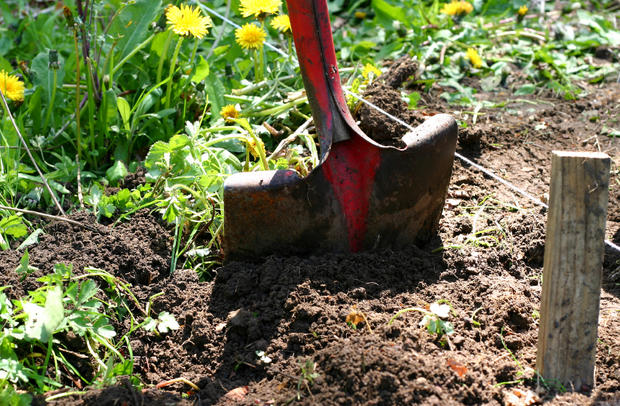Put Your Yard to Work: How to Use Your Exterior to Cool Your Interior
A home surrounded by beautiful landscaping takes on an aura of graciousness, fueled not only by lovely greenery, but also by gentle breezes and comfortably cooled air. Well-designed landscaping can significantly lower energy costs by cooling your house down in the summer and shielding it from cold air during winter. What and where you plant matters significantly, and varies based upon geographic region. Keeping your own taste and aesthetics in mind, here are several good rules of thumb to follow if saving energy and maximizing the cooling effect of your yard is the goal.
Scope Out Your TerrainBefore you plant, survey your home's perimeter to determine where the sun shines in during different times of day. This will help you decide what types of trees and shrubbery to plant where. For example, if you wish to protect your home from late-day, afternoon sun, plant trees with low-lying crowns or upper branches nearby. If you are opting for all-day shade and breeziness, pick trees that will provide dense, thick foliage on the southern and western sides of your home. If you live in a hot climate year round, planting on the southeastern flank of your house will also help to shield it from the sun's late morning rays.
Pick The Right TreesA well-shaded home can be a full six degrees cooler than an unshaded one, and results in energy cuts and cost savings of up to 50 percent annually. To get the maximum benefit from the trees you plant, you will have to gage the size, shape and location of the shadows they will create as they mature. The types of trees you plant should be determined in part by your yearly climate. Leaf-shedding deciduous trees block the sun's heating rays during summer, but allow in gentle warmth during winter months. For maximum cooling, plant deciduous trees on the southern side of your home. Evergreen trees, which stay lush year round, create continual shade and can also provide a wind break if planted on the north side of your home. No matter what types of trees you plant, maximum shading and cooling will result if you place them on two facing sides.
Reduce Water UsageThe right landscaping not only helps keep your house cooler, but can also increase energy savings through reduced water usage. Determine the type of soil you have and the amount of water it can hold before you choose the plants to best thrive in it. By planting the right ground cover, you can cool down the air temperature throughout your entire property before it even reaches your home. If possible, choose turf grasses that require a minimum amount of watering and use mulch to keep the roots of shrubbery cool. Always water in the morning, when evaporation is at its lowest, and aerate your soil to improve water flow. Planting near your home will help to cool the air down, but if you live in a humid region, avoid planting flowers or shrubs right next to the house that require daily or frequent watering, as this can uptick the feeling of humidity and heat.
Corey Whelan is a freelance writer in New York. Her work can be found at Examiner.com.




